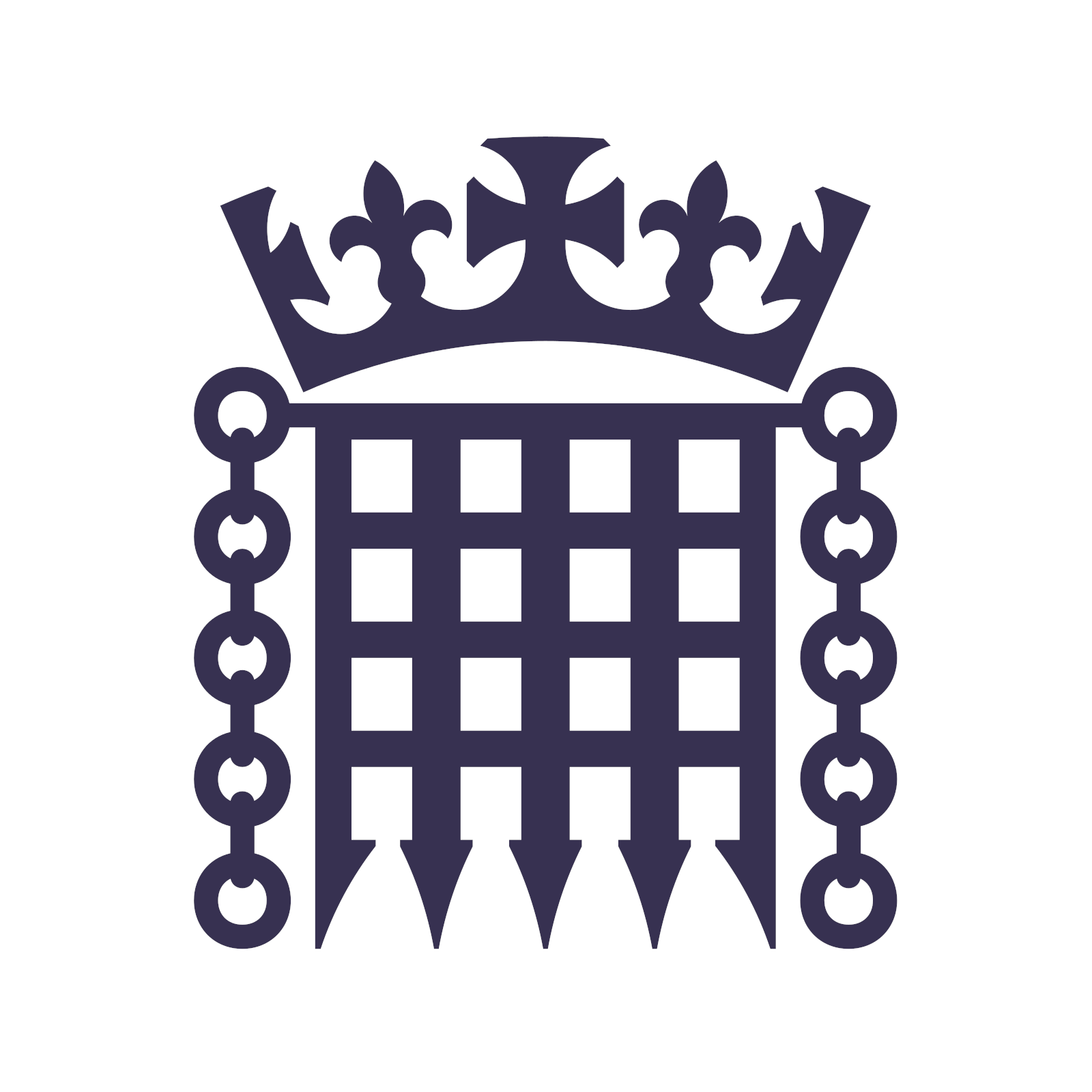Reeves intends to introduce a 10-year formula in October’s Budget that will increase annual rents in England by the CPI measure of inflation — currently 2.2 per cent — plus an additional 1 per cent, according to government insiders.
The move is aimed at encouraging the building of more affordable homes by providing certainty over cash flows to housing associations and councils — which are grappling with heavy debt burdens and large maintenance backlogs.
In recent years local authorities have almost stopped building homes, leaving housing associations — not-for-profit organisations — to build most new social housing in the UK.
The government sets rent levels in subsidised social housing using a national formula. Guaranteeing higher rents will delight housing associations but could worsen the cost of living for millions of tenants and could land the government with a much higher benefits bill.
[…]
The previous Conservative government made a similar promise in the early 2010s but ministers subsequently ripped it up on several occasions.David Cameron’s coalition set a 10-year annual rent settlement in 2012 based on the retail price index, plus 0.5 per cent. But then-chancellor George Osborne reneged on the agreement in 2015 with four years of below-inflation increases in order to reduce housing benefit costs for the Treasury.
More recently, the Conservative government announced a five-year settlement of CPI plus 1 per cent in 2020, but was then forced to cap rent increases at 7 per cent following a jump in inflation to more than 11 per cent in 2022. It extended the settlement for one further year this April.
Although that provided relief for the 30 per cent of the 4mn households in the social housing sector whose rent is not covered by housing benefit, it put further pressure on already cash-strapped providers.
[…]
Labour has made big commitments to address the UK’s chronic affordable housing shortage that has left a record 109,000 households in England living in temporary accommodation, including more than 142,000 children, according to the latest government data.Angela Rayner, the UK’s deputy prime minister and secretary of state for housing, told MPs last month that the Budget would provide “rent stability” to help deliver the “biggest increase in affordable house building in a generation”. She also promised “appropriate protections” for tenants against exceptional rent rises.
Guaranteeing rent certainty was a critical demand of 20 of the UK’s largest local council landlords who published a report last month warning that England’s council housing system was “broken”.
It warned that councils were facing a £2.2bn “black hole” in housing budgets by 2028, partly as a result of the Osborne-era cuts that they estimated had reduced council landlords’ rent revenue by £2.4bn between 2016 and 2020.


So the benefits to pay for this rent comes from local councils, and it goes to pay local councils? Makes perfect sense.
The article states that 70% of those occupying social housing have their rent payed for by housing benefit. The article also mentions that housing benefit comes from central government.
So the effect of this is a transfer of more money from central government to councils and housing associations. As well as an increase in the incomes of councils and HAs from those 30% that are well-off enough to no longer receive housing benefit but are still living in social housing.
Benifits come from central government.
Amd there are very few council owned houses left. Most social housing is run by privrate housing associations. Basically privrate landlords that place propertys on council bidding lists. Bidding being about how many point you have. Points allocated by need and how long you have been on the list.